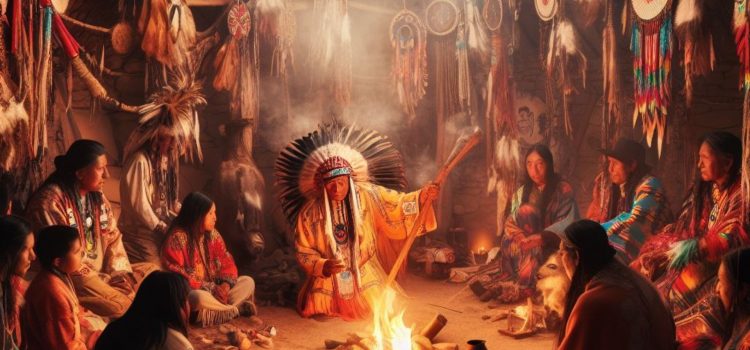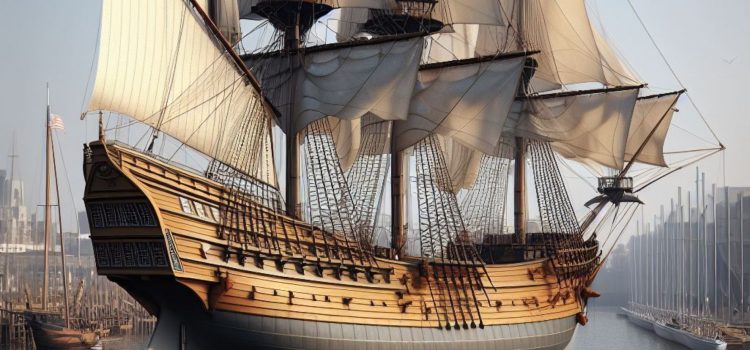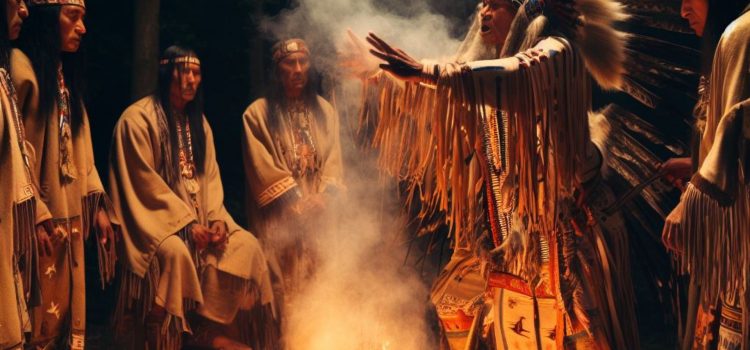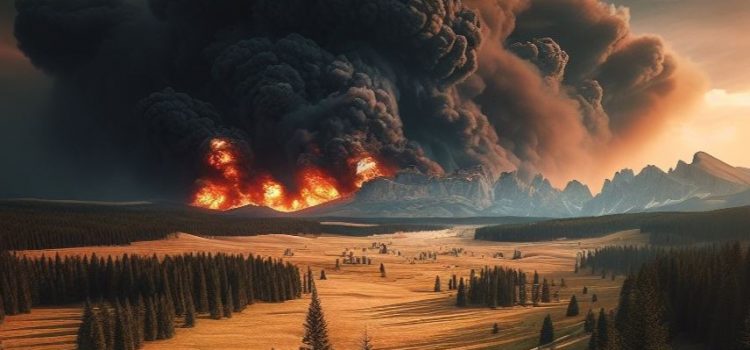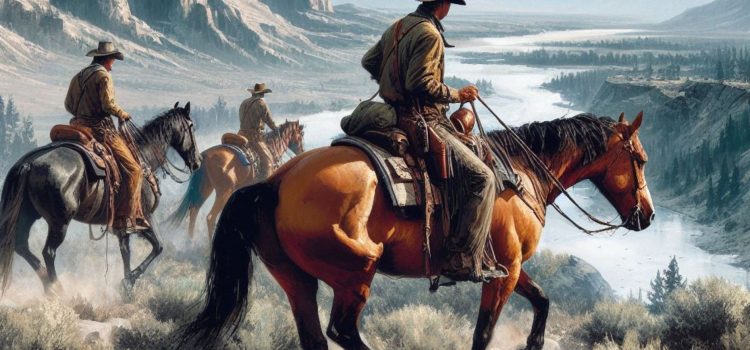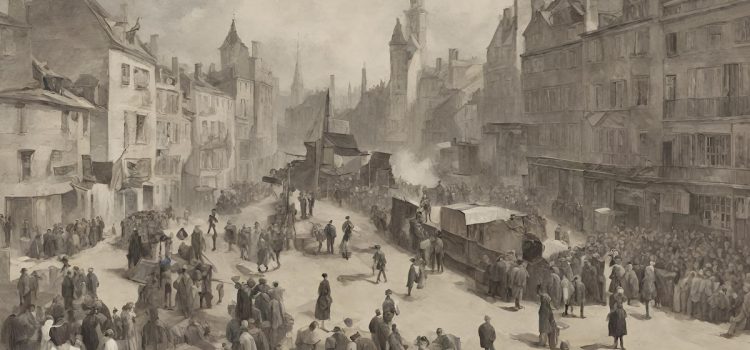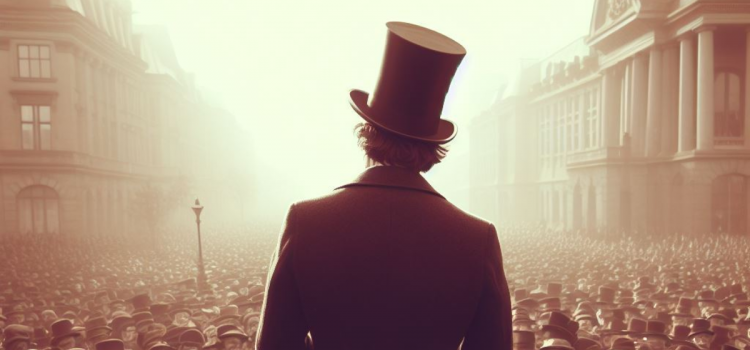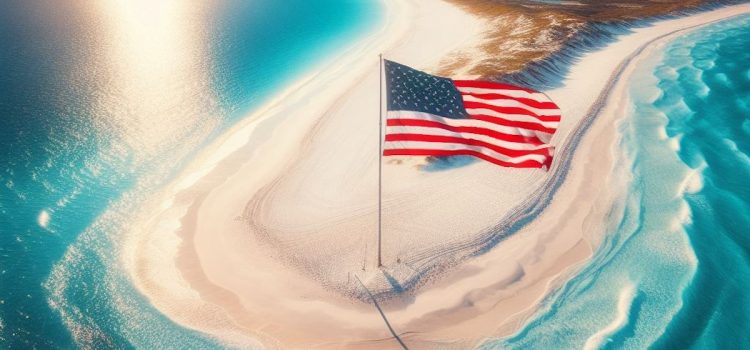Why was Donald Trump voted into the presidency? Does it have anything to do with a historical shift in Christianity? Following the 2016 US presidential election, pundits argued that the 81% of evangelical Christians who voted for Donald Trump over Hillary Clinton viewed him as the lesser of two evils. But, according to historian Kristin Du Mez, this explanation is misguided. Continue reading for our Jesus and John Wayne book overview.
Jesus and John Wayne: Book Overview & Key Takeaways


